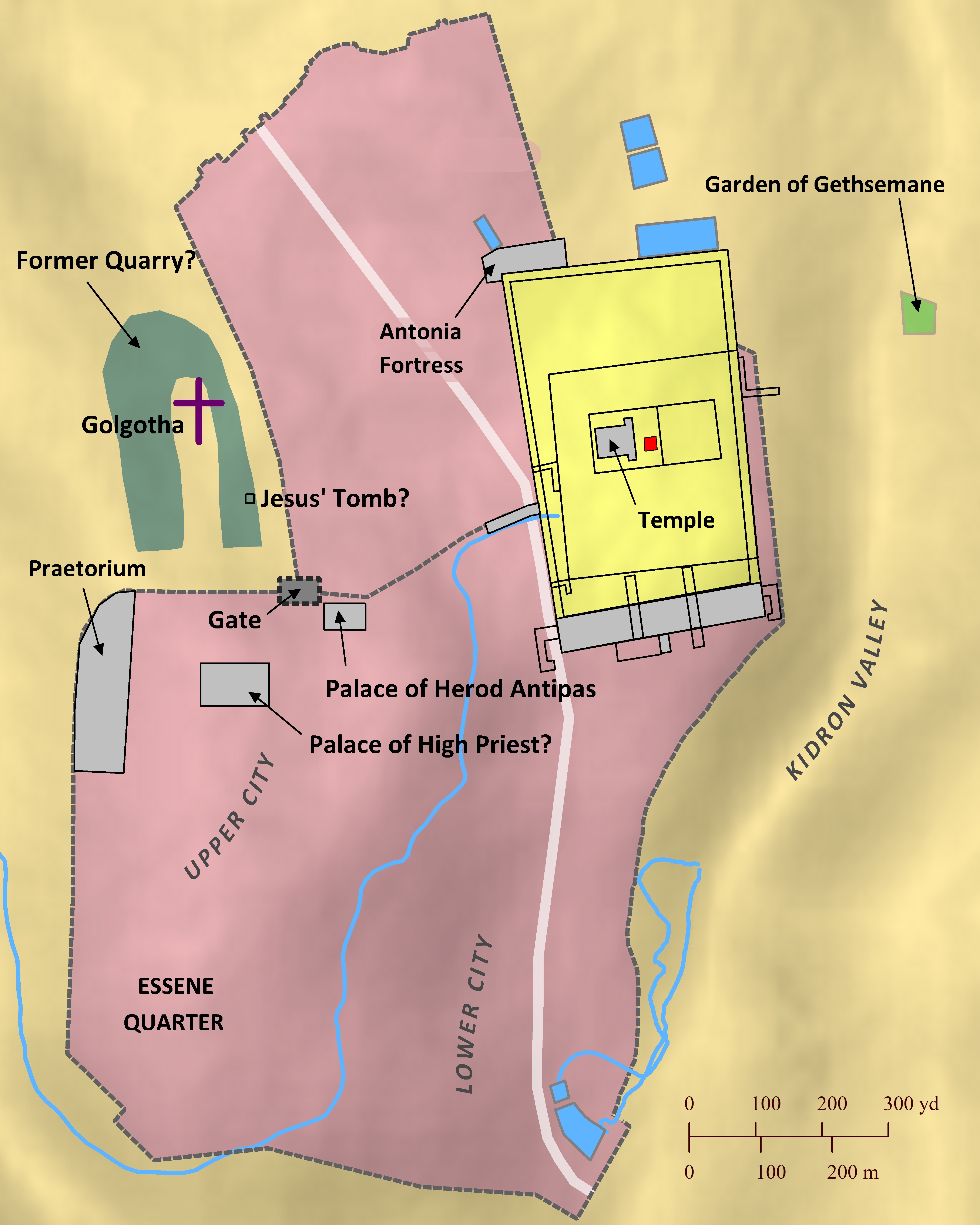Readers’ Version
Literal Version
23:6 Yeshua is taken to Herod
6 When Pilate heard that, he asked if the prisoner was a Galilean, 7 and when he discovered that he was from King Herod’s jurisdiction, he sent him across to Herod as he also happened to be in Yerushalem at that time. 8 Herod was very pleased when he saw Yeshua being brought in because he’d been wanting to see him for quite some time because of everything he’d heard about him. He was hoping to see Yeshua do a miracle in front of his eyes 9 and asked him lots of questions, but Yeshua didn’t answer any of them. 10 Meanwhile the chief priests and the religious teachers were standing there loudly making many accusations against him. 11 Then Herod and his soldiers also insulted and mocked Yeshua, and dressing him in posh clothes, Herod sent him back to Pilate. 12 After that day, Herod and Pilate became friends with each other. (Before then they’d opposed each other.)
7 And having_known that he_is from the domain of_Haʸrōdaʸs, he_sent_ him _up to the Haʸrōdaʸs, himself being also at Hierousalaʸm/(Yərūshālayim) in these the days.
8 And the Haʸrōdaʸs having_seen the Yaʸsous/(Yəhōshūˊa), was_elated exceedingly, because/for he_was of much times wanting to_see him, because_of the thing to_be_hearing concerning him, and he_was_hoping to_see a_certain sign becoming by him.
9 And he_was_asking him in many messages, but he he_answered nothing to_him.
10 And the chief_priests and the scribes had_stood vigorously accusing against_him.
11 And the Haʸrōdaʸs with the armies of_him having_ also _scorned him, and having_mocked him having_thrown_ splendid clothing _around him, he_sent_up him to_ the _Pilatos.
12 And on same the day the both Haʸrōdaʸs and the Pilatos became friends with one_another, because/for they_were_previously_starting being at enmity with themselves.

